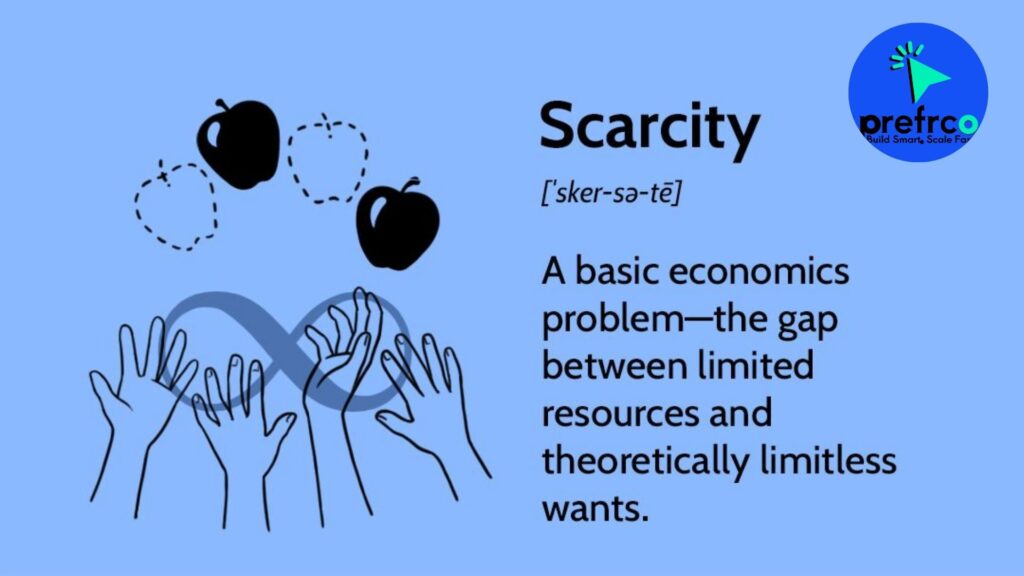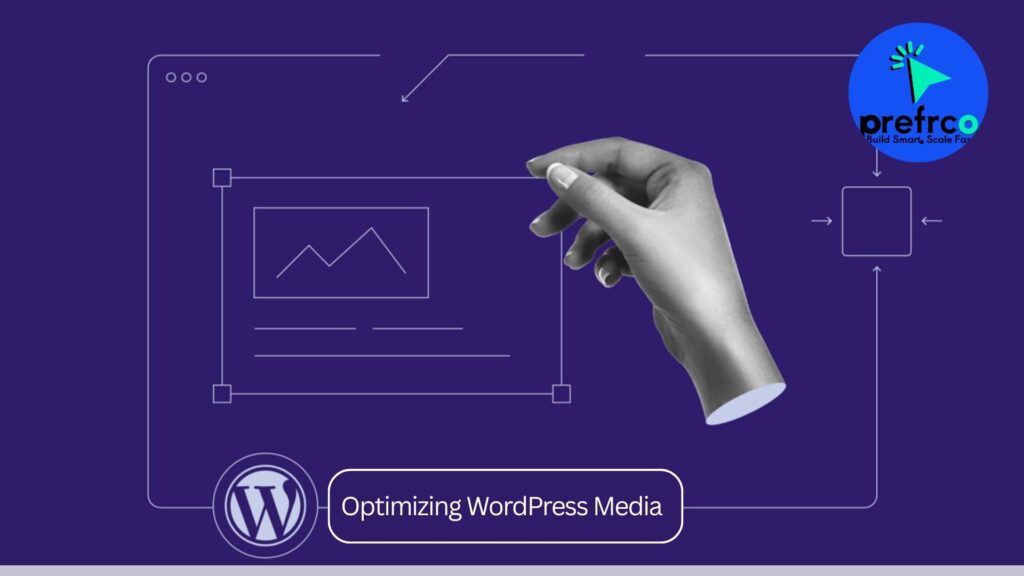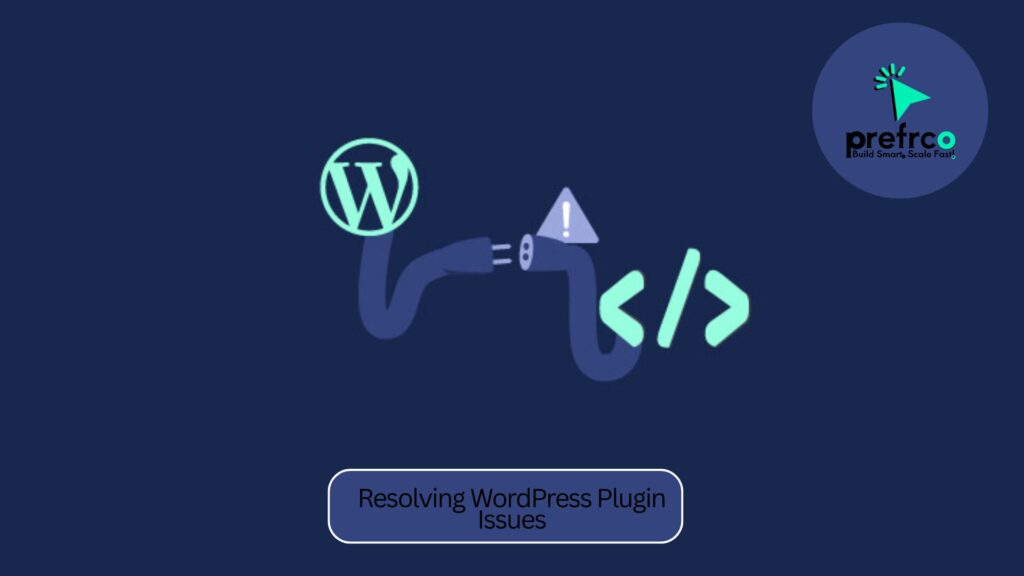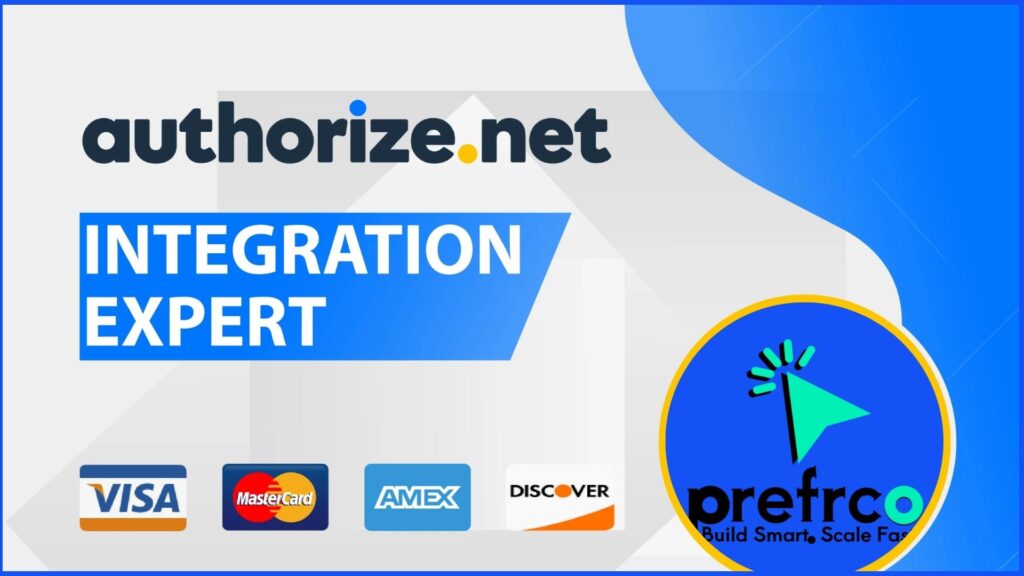Unlocking Idle CPU Power in Canada: Distributed Computing and Monetization Strategies (2024 Edition)

In Canada, harnessing idle CPU power through distributed computing is becoming a popular way to boost performance and earn passive income. From decentralized platforms like Golem and CUDO to local clusters powered by tools like Kubernetes, Canadians can tap into underused computational resources efficiently. Whether you’re contributing to scientific research via Folding@Home, mining cryptocurrency in Quebec’s low-cost energy environment, or hosting game servers from Toronto, the opportunities are vast. With privacy laws like PIPEDA and varying electricity rates, it’s important to choose the right strategy. This guide explores the best tools, tips, and local insights for Canadians in 2024.
How a Scarcity Widget Boosted Bookings for a NZ Tourism Campaign

A well-placed scarcity widget can dramatically boost conversions on your WordPress landing page by creating urgency and highlighting limited availability. In this New Zealand case study, a tourism campaign promoting South Island getaways saw a 25% increase in bookings after adding a countdown timer and real-time stock counter. By leveraging urgency, authentic messaging, and smart design, the widget encouraged faster user decisions and reduced bounce rates. Whether you’re promoting a Queenstown adventure, Rotorua spa retreat, or Auckland event, adding a scarcity widget could be the key to converting more visitors into paying customers.
Optimizing WordPress Media: Disable Unnecessary Thumbnails and Free Up Server Space

WordPress automatically generates multiple image thumbnails for every upload, often consuming excessive server storage—especially on media-heavy sites. This guide shows you how to stop unnecessary thumbnail creation, identify which plugins or themes are adding extra image sizes, and safely delete existing thumbnails you no longer need. You’ll also learn how to use plugins and child themes to maintain long-term control over your media settings. Whether you’re tight on hosting space or want to keep your site lean and fast, optimizing WordPress media is a must. Follow these steps to clean up and future-proof your media library effectively.
Guide for Diagnosing and Resolving WordPress Plugin Issues

Facing plugin-related errors or crashes on your WordPress site? This comprehensive guide walks you through a structured approach to diagnose and resolve plugin issues efficiently. From enabling debugging tools to safely deactivating and testing plugins, you’ll learn how to pinpoint the root cause without risking site downtime or data loss. The guide also covers best practices such as using a staging environment, checking for compatibility, and maintaining regular updates and backups. Whether you’re a site owner or developer, these steps will help restore full site functionality and prevent future plugin conflicts.
Case Study: Seamless Integration of Authorize.net Accept Hosted Platform in WordPress

In today’s fast-paced digital economy, businesses across the United States demand secure, efficient, and user-friendly payment systems that integrate seamlessly with their websites. This case study explores the successful implementation of Authorize.net’s Accept Hosted payment platform on a WordPress-based website for a U.S.-based client, focusing on meeting specific requirements while addressing real-world challenges.
Human vs AI Virtual Assistants: Choosing the Right Support for Your Productivity Needs

Virtual assistants have become essential tools for enhancing productivity and managing daily tasks. There are two main types: Human Virtual Assistants, who provide personalized, skilled support for complex or sensitive tasks, and AI-Powered Virtual Assistants, which automate repetitive, data-driven activities with speed and efficiency. Human VAs excel in tasks requiring emotional intelligence, creativity, and specialized knowledge, while AI assistants leverage natural language processing and machine learning to automate scheduling, information retrieval, and smart device control. Understanding their strengths helps individuals and businesses choose the right assistant to optimize workflow and achieve better results.